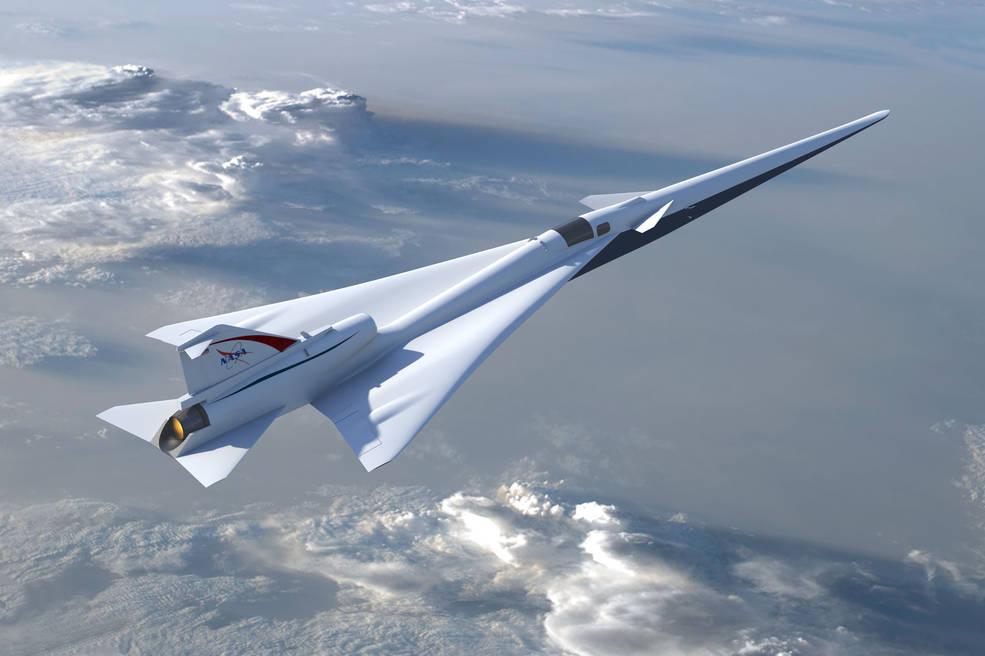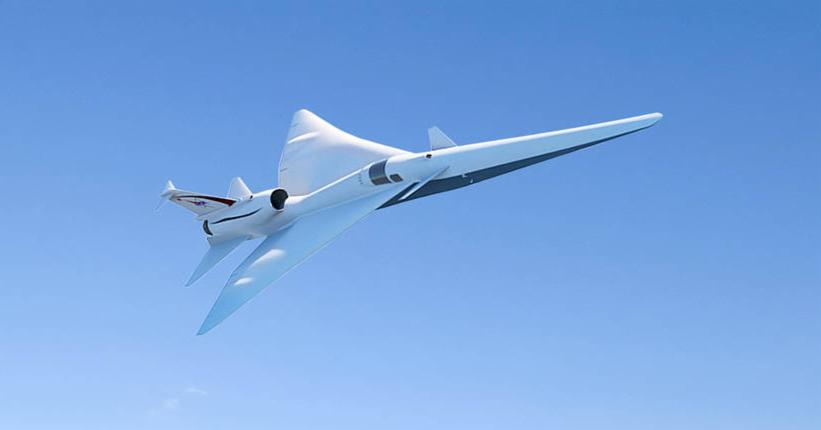NASA’s Newest Supersonic Jet Could Pave the Way for 1000-MPH Commercial Flights
The latest X-Plane might be this generation’s Concorde.

The last supersonic Concorde turbojet flew its final passenger flight 15 years ago. Now, NASA aeronautics’ latest project takes the first step towards bringing supersonic air travel back to civilians.
Lockheed Martin has just been awarded a $247.5 million contract to build the next X-Plane, a jet designed to break the sound barrier without producing a deafening “boom.”
Per NASA:
The key to success for this mission – known as the Low-Boom Flight Demonstrator – will be to demonstrate the ability to fly supersonic, yet generate sonic booms so quiet, people on the ground will hardly notice them, if they hear them at all.
Unlike the Concorde, which flew an extremely limited number of routes because of noise protests, the X-Plane will be quiet enough to travel anywhere.
As Wired notes, it will also be the first manned X-plane in a generation. The preliminary design depicts a 94-foot long aircraft with a wingspan of 29.5 feet capable of flying at speeds of Mach 1.5, or 990 mph.

Even at its cruising altitude of 55,000 feet, the aircraft will soar at a blistering 940 mph—way faster than the 644-mph Boeing 747.
Sadly, it’ll be a while before any of us can take a supersonic ride. The latest X-Plane is scheduled to commence its community response test flights over select U.S. cities in 2022.
Assuming it passes those with flying colors, it hopefully won’t be long thereafter before citizens can once again buy tickets to travel at Mach-plus speeds.
